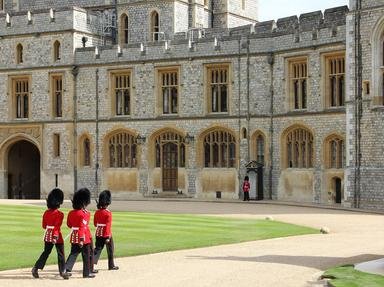
Which Royal House When? Trivia Quiz
Ten of the Royal Houses of England from Alfred the Great to Elizabeth II. Can you place them in order from the oldest to the most recent? Not all houses are represented and those with breaks are all from the first time they were in power.
An ordering quiz
by Midget40.
Estimated time: 3 mins.